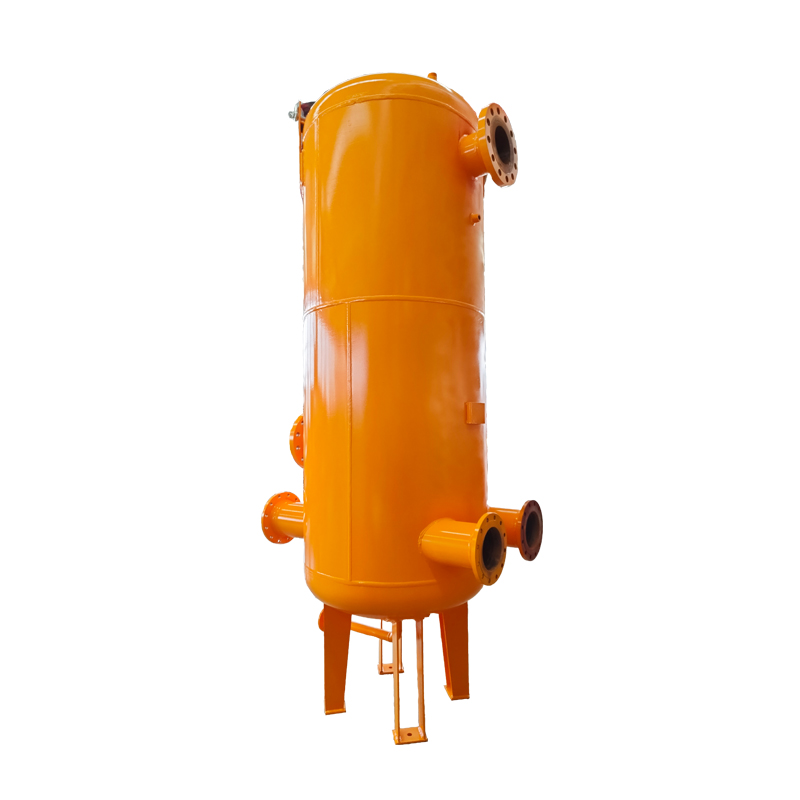
Nov . 08, 2024 00:24
Back to list
Pressure Reduction Station and Its Importance in Urban Infrastructure Management
Understanding Pressure Reduction Stations Their Importance and Function
Pressure reduction stations play a crucial role in the management of gas distribution systems. These stations ensure that the high-pressure gas delivered from pipelines is safely reduced to levels suitable for residential, commercial, and industrial use. This article explores the components, functions, and significance of pressure reduction stations in modern gas infrastructure.
Components of Pressure Reduction Stations
A typical pressure reduction station consists of several key components designed to control and monitor gas pressure safely and efficiently
1. Pressure Regulators These are the core components of the station. They automatically adjust the gas pressure to maintain it within a specified range, regardless of fluctuations in the upstream pressure.
2. Safety Valves Safety is paramount in any gas distribution system. Safety valves are installed to release gas into the atmosphere in case of overpressure, thus preventing potential hazards such as explosions or leaks.
3. Filters and Strainers These components are crucial for maintaining the quality of gas being distributed. They remove impurities and contaminants that could interfere with the operation of downstream equipment and appliances.
4. Flow Meters These devices measure the volume of gas passing through the station, providing essential data for monitoring and billing purposes.
5. Control Systems Modern pressure reduction stations are equipped with advanced control systems that provide real-time data and allow operators to manage the system remotely. These systems enhance the reliability and efficiency of gas distribution.
The Function of Pressure Reduction Stations
.
1. Receiving High-Pressure Gas Gas arrives at the station from high-pressure pipelines. The first challenge is to control and reduce this pressure to a safe level.
محطة تخفيض الضغط

2. Regulating Pressure The pressure regulators adjust the gas pressure smoothly, preventing abrupt changes that could cause damage to the distribution network or end-user equipment.
3. Monitoring and Control Operators continuously monitor the system through control panels equipped with sensors and alarms. This allows for immediate action in case of any anomalies, ensuring the integrity of the system.
4. Distribution Once reduced to the desired pressure, gas is directed into the distribution network, flowing to homes and businesses, where it is utilized for heating, cooking, and generating power.
Importance of Pressure Reduction Stations
Pressure reduction stations are vital for several reasons
1. Safety By managing gas pressure effectively, these stations minimize the risk of accidents and ensure compliance with safety regulations. This is particularly important in densely populated areas where the consequences of a gas leak could be catastrophic.
2. Reliability They help maintain a consistent supply of gas to consumers, which is essential for daily operations in homes and businesses. Any disruption in the gas supply can lead to significant inconveniences and issues for users.
3. Efficiency Efficient pressure regulation ensures that gas is used optimally, reducing wastage and improving the overall performance of the gas distribution system.
4. Environmental Protection By preventing gas leaks and ensuring safe operations, pressure reduction stations contribute to environmental protection efforts. They help in reducing greenhouse gas emissions associated with gas distribution.
Conclusion
In conclusion, pressure reduction stations are essential components of gas distribution infrastructure, ensuring that high-pressure gas is safely and efficiently delivered to consumers. Their sophisticated systems of regulators, safety valves, and monitoring tools work together to provide a reliable energy source while prioritizing safety and efficiency. As we continue to rely on natural gas for energy, understanding the functions and importance of these stations will help us appreciate the complexity of our gas distribution systems and the measures in place to keep them safe and efficient.
Latest news
-
Safety Valve Spring-Loaded Design Overpressure ProtectionNewsJul.25,2025
-
Precision Voltage Regulator AC5 Accuracy Grade PerformanceNewsJul.25,2025
-
Natural Gas Pressure Regulating Skid Industrial Pipeline ApplicationsNewsJul.25,2025
-
Natural Gas Filter Stainless Steel Mesh Element DesignNewsJul.25,2025
-
Gas Pressure Regulator Valve Direct-Acting Spring-Loaded DesignNewsJul.25,2025
-
Decompression Equipment Multi-Stage Heat Exchange System DesignNewsJul.25,2025

